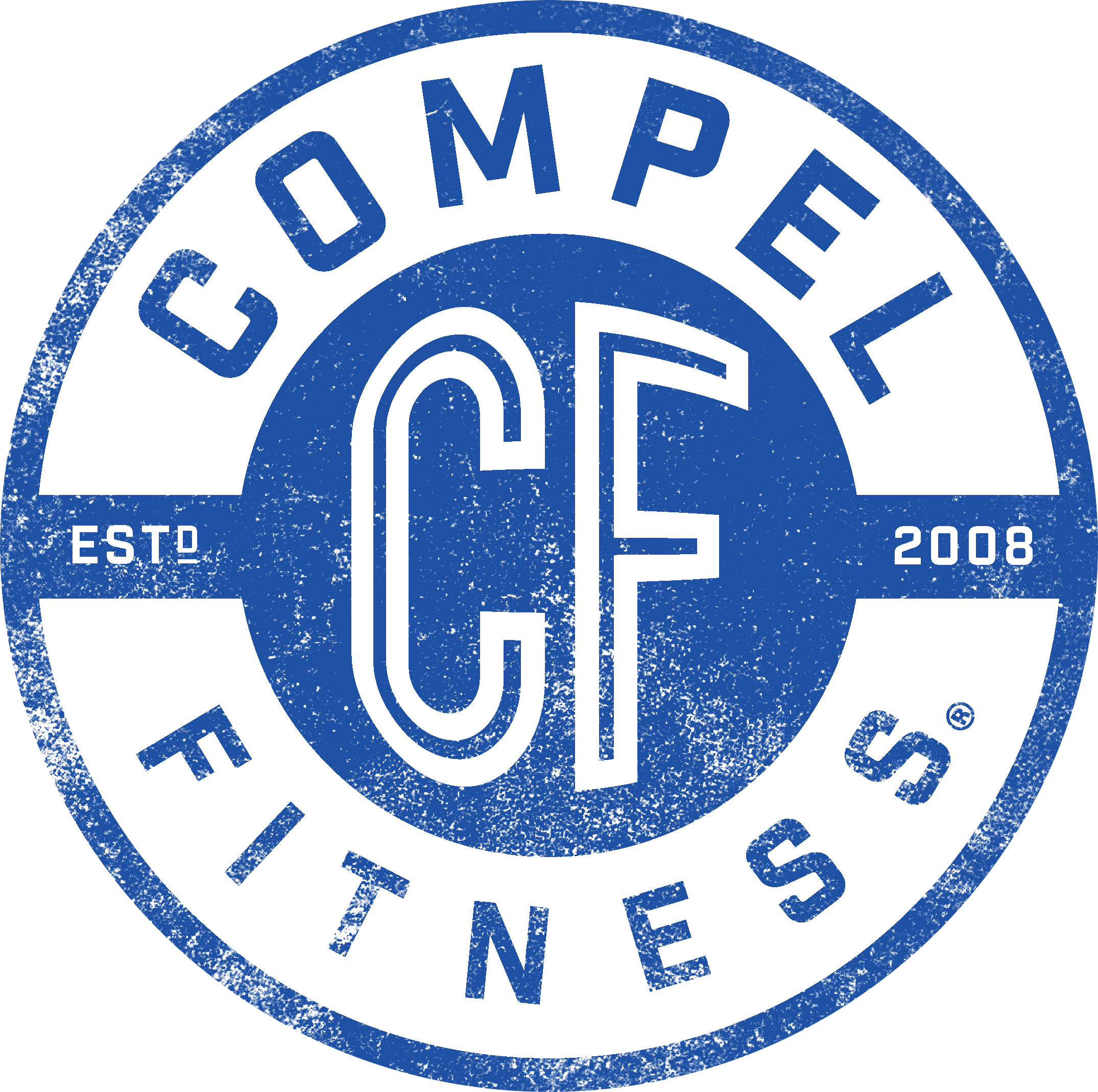Gluten Exposed - What is it? Why is it bad for some people?
Gluten has now become a household name, with entire sections in grocery stores dedicated to gluten free options and many restaurants advertising gluten-free menu options. On top of that, more and more people are noticing that they have negative symptoms (skin rashes, constipation, bloating, etc.) when consuming gluten in their diet.
Despite its growing popularity, many people really have no idea what gluten actually is, if it really is bad for you, and whether a gluten-free diet is a good choice.
So, if you’re reading this and wondering, what the heck is gluten and why does it seem like everyone is going on a gluten-free diet nowadays, don’t worry, we’ve got you covered.

What is Gluten?
Gluten is the naturally occurring proteins found in wheat, rye, barley, and other similar grains. It’s the “glue” that holds everything together and gives dough its elastic texture. Most of us unknowingly like gluten, as it makes pizza dough stretchy, gives bread its spongy texture, and is often used to thicken sauces and soups.
Not all grains contain gluten, though. Some examples of gluten-free grains include, millet, brown rice, buckwheat, wild rice, and quinoa. Oats are also naturally gluten-free, but because most commercial oats are processed in facilities that also process wheat, barley, and rye, experts say they can become contaminated (bummer!). The good news is, dedicated gluten-free oat facilities are now popping up so everyone can have their oatmeal and eat it too!
What makes Gluten so bad?
Let’s start by saying that there is a very real, very serious autoimmune disorder known as celiac disease. For those who have it, the ingestion of gluten leads to damage to the lining of the small intestine, with symptoms ranging from digestive problems, severe skin rashes, musculoskeletal problems, and even miscarriages. If left untreated, the disease can lead to serious vitamin and nutrient deficiencies, as well as the development of other diseases (type 1 diabetes, rheumatoid arthritis). Celiac disease is estimated to affect 1 in 100 people and is hereditary, meaning that it runs in families. According to the Celiac Disease Foundation, people with a first-degree relative with celiac disease (parent, child, sibling) have a 1 in 10 risk of developing celiac disease.
Over the last few years, scientists are discovering that Celiac Disease is not the only expression of gluten intolerance. Some people experience symptoms found in celiac disease, such as abdominal pain, bloating, diarrhea when they have gluten in their diet, yet don’t test positive for celiac disease. This condition is now being called Non-Celiac Gluten Sensitivity (NCGS), with symptoms resolving when gluten is removed from the diet. The only trouble is that an official test for NCGS doesn’t exist at this time. Experts recommend that you first get tested for a wheat allergy and for celiac disease. If both results come back negative, then talk to your doctor about eliminating gluten from your diet. If symptoms improve on a gluten-free diet, you most likely have NCGS.
Should I go gluten free?
So with all the negative reasons listed above, why don’t you just eliminate gluten from your diet? If you have Celiac Disease or NCGS, you should definitely do your best to avoid gluten at all costs and completely eliminate it from your diet. But what about the rest of us? Most experts agree, if you haven’t been diagnosed with either of those two conditions, then you don’t have to completely eliminate gluten out of your diet, but you should limit your intake. Gluten by itself does not have many health benefits and is often included in pastas, breads, and crackers, all foods we should be limiting in our diets. This may seem daunting at first, but thankfully, there are lots of foods that are naturally gluten-free, including but not limited to: fish, beans, seeds, nuts, eggs, lean beef, and chicken. So where should you start if you’re looking to become healthier by changing your diet and lifestyle? This brief, actionable list concerning your diet is a great place to start!
Get most of your carbohydrates from green vegetables by limiting your intake of whole grains and processed carbs.
Choose whole foods over processed foods more often.
Don’t drink your calories. Eliminate soft drinks and juices that have tons of added sugar.
Drink plenty of water to feel fuller during and after meals (1/2 to 1 oz of water for each pound of body weight).
Choose organic and non-GMO if possible.
Have some protein with every meal.
Cook more at home, eat out less often.
Include more healthy fats in your diet, such as avocado, nuts, and omega-3s.
Yours in health and fitness,
Tom Daubert
ACSM CEP
Compel Fitness

